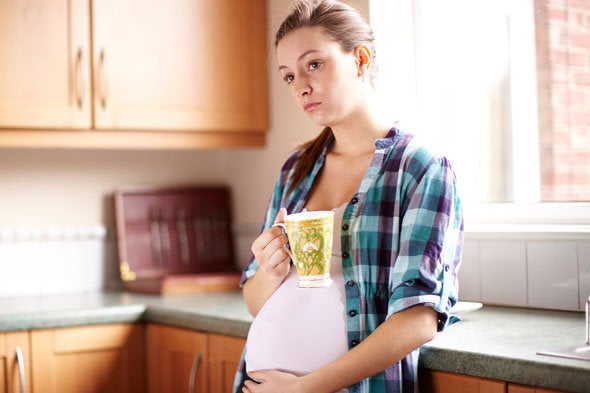Baby charities have spoken of their “extreme concern” that the number of babies who died within their first 28 days of life has increased year on year in England and Wales. The rate rose from 2.6 neonatal (newborn) deaths per 1,000 births in 2015 to 2.7 for every 1,000 births in 2016, the Office for National Statistics revealed.
The infant mortality rate - deaths within the first year of a child’s life - also rose, from 3.7 to 3.8 per 1,000 live births from 2015 to 2016. This is the second year in a row the statistic has increased. “These increases can be attributed to many risk factors, such as the mother’s country of birth, mother’s age at birth of child, birthweight and the parents’ socioeconomic status,” an ONS spokesperson said.
Bliss and Tamba (Twins and Multiple Births Association) are now calling for NHS England’s Neonatal Critical Care Transformation Programme Review to be given urgent attention. “It is deeply concerning to see a rise in infant mortality rates for the second year running,” said Caroline Lee-Davey, chief executive of Bliss. “Research has highlighted there are significant variations in mortality rates across the country, meaning there is much more to do to ensure that all health services are giving vulnerable babies the best chance of survival.”

The infant mortality rate had been following a downward trend since the 1990s, until 2015 when the rate began to increase. However, taking a longer look at the statistics reveals that over the past 30 years, the rate of decline of infant mortality has varied, with the decrease between 1996 and 2006 being half as much as was recorded between 1986 and 1996. In contrast, the decrease in the past 10 years was greater than that of the decade before.
Davey said it is “now more important than ever” that NHS England publishes its Neonatal Critical Care Transformation Programme Review to ensure neonatal services are properly resourced in the future to improve outcomes for premature and sick babies. She said this is particularly urgent in light of the Secretary of State’s ambition to halve rates of neonatal death by 2025.
The ONS also released statistics on twin deaths in multiple birth babies for 2015 – which found twins, triplets and more, accounted for 14.4% of all neonatal deaths compared to 13.9% in 2014. This comes despite the fact multiple births only account for 3.2% of births.

Tamba CEO Keith Reed said families of multiples are continuing to get a raw deal. “Today’s figures make for disturbing reading,” he said. “Combine this data with the delay in the Neonatal Critical Care Transformation Programme Review, which was due to be published in September 2017, and the situation is of extreme concern.
“There are many positive changes being made in maternity care across the country, which could be undermined by delays in identifying and introducing improvements in neonatal care.”
Reed said the charity has already shared evidence that suggests specific care pathways for multiple births need to be reviewed, “This rise in neonatal deaths among those with twins just underlines this point and we need to see real action without delay.”
